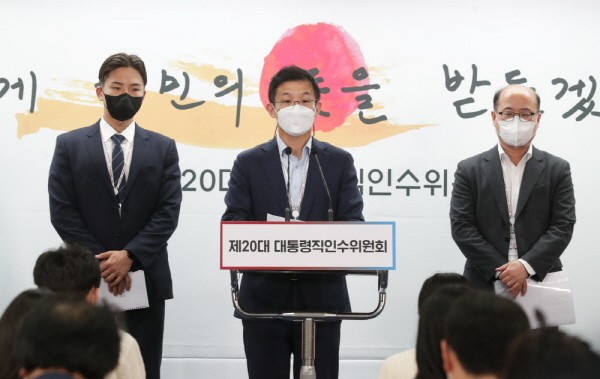Transition of Government centered →Market driven
Private sector co-participating… maximize the result
Expands tasks in National Core Strategic Industrial Special Law

The new government's ‘National Strategic Technology Super-gapResearch and Development (R&D)’ will be carried out under the initiative of the private sector. The presidential transition team has decided to give private project manager (PM) full authority to plan mission-oriented R&D projects. The project itself also expressed its ambition to maximize performance by joint participation between the public and private sectors. This means that it is going to shift from government-centered R&D strategy planning to market-driven R&D.
With consideration of fast changing global competition system, it is expected to be able to establish a national R&D strategy that reflects the demands of industrial’s voice. With the expansion of private participation, it is expected that support for technological developmentwill expand, which is lacking in the industrial field. Jae-geun Park, president of the Korean Society of Semiconductor& Display Technology Association, said, “With private participation such as companies and academia, the R&D direction should be set by those who lead the industry rather than driven by government.” He emphasized, “There has to be a R&D control tower that can read the rapid changes in themarket.”

It is expected that industry will receive prompt support that they requested. There were concerns that whole process of R&Dpreliminary feasibility study and other supports were too slow for the fast-changing industries, such as semiconductor and display. The new government will shorten preliminary feasibility study period and will allow changes during the R&D project due to changes in the technical environment, which will make them to respond quicker to changes in the market changes.
Experts also emphasized that not only changes in R&D strategy, but support for facility investment has to be expanded. This is because major countries such as the U.S. and Europe are trying to attract semiconductor production bases to their own countries. They argued that the production infrastructure of national strategic technologies should be expanded by expanding the tax credit for facility investment. He stressed that investment in production infrastructure is also the first step in the virtuous cycle of industries such as stabilizing supply chains and creating jobs, which have emerged as pending issues.
They also emphasized that investment in production infrastructure is the first step in the virtuous cycle of industries such as stabilizing supply chains and creating jobs.
One of the tasks was that to expand the targets of the National Core Strategic Industries Special Law, including semiconductors, battery, vaccination, display and more to lead corporate investment. It is highly encouraging that the transition team proposed additional industries such as display, hydrogen, aerospace·aviation, and artificial intelligence (AI)·mobility in addition to the existing national core strategic industries in the 'National Strategic Technology Candidate(draft)'. The industry expects that investment in these industries will expand and become the basis for securing competitiveness.
The new government's ‘Digital National Strategy’ is also expected to be become one of the pillars of strengthening Korea's industrial competitiveness. 6G, which are future networks, and AI, are technologies that can maximize synergy between other industries as well as their own industries. With the large-scale investment from government is carried out, a stronger industrial ecosystem is expected to be created.
By Staff Reporter Dong-jun Kwon (djkwon@etnews.com)